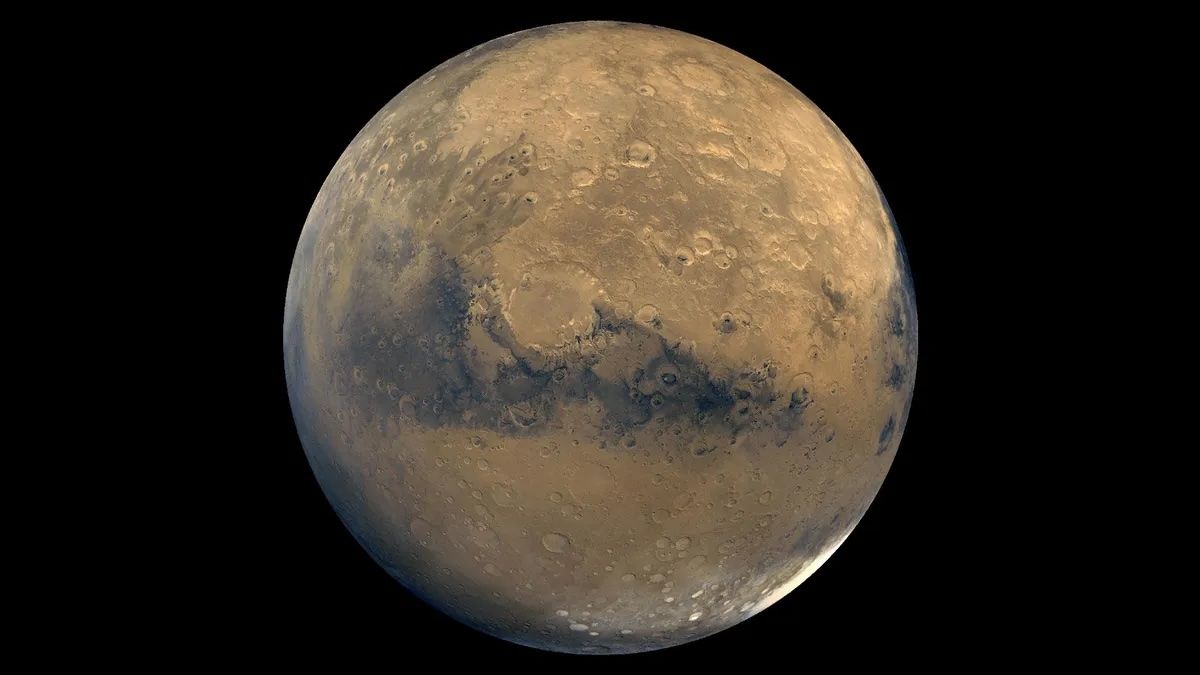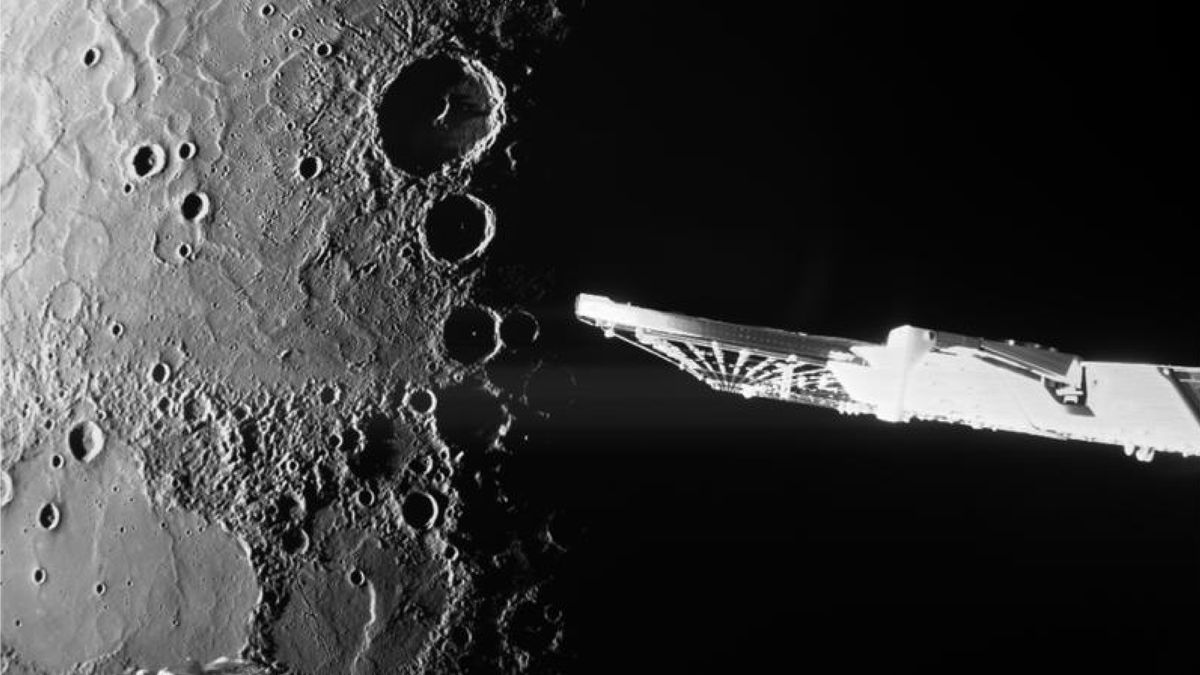Mars’ magnetic field may have survived 200 million years longer than scientists had thought — crucially, long enough for it to overlap with the presence of liquid water on the surface of the Red Planet.
That’s the conclusion of new research led by planetary scientists at Harvard University, who propose that magnetic-pole reversals gave the mistaken impression that Mars‘ magnetic dynamo had stopped by the time large impact craters, called basins, were forming on the planet.
Understanding what happened to Mars’ magnetic field is vital if we are to learn the Red Planet’s ancient history.
“We are trying to answer primary, important questions about how everything got to be like it is, even why the entire solar system is that way,” said Harvard’s Sarah Steele, who led the research, in a statement. “Planetary magnetic fields are our best probe to answer a lot of those questions, and one of the only ways we have to learn about the deep interiors and early histories of planets.”
A planetary magnetic field is produced by a geodynamo effect deep inside a planet. A planet like Earth has an iron-nickel core that comes in two parts, a solid inner core and a molten outer core. When any terrestrial planet is born, its core is entirely molten, and the solid inner core grows with time. As heat leaks from the solidifying inner core, it produces convection currents that rise up through the searingly hot rotating molten outer core. These convection currents rise through a pre-existing magnetic field, sparking electric currents that induce their own magnetic field, feeding back into the pre-existing one and amplifying it. This is the geodynamo.
Related: NASA’s Perseverance rover may already have found signs of life on Mars, discovery of ancient lake sediments reveals
However, inside Mars, which is roughly half the diameter of Earth, the geodynamo cooled quickly as heat leaked away and convection ceased. As it did so, the geodynamo within the Red Planet stuttered and halted. This had significant repercussions for the subsequent evolution of Mars. Without its global magnetic field, Mars could not ward off the solar wind that began stripping away its atmosphere, including the Red Planet’s water, nor shield the surface from harmful cosmic rays.
Planetary scientists had thought that Mars’ global magnetic field died over 4.1 billion years ago. This is because huge impact basins that were formed during a period of bombardment between 4.1 and 3.7 billion years ago do not retain any record of strong magnetism in their rocks. In the violence of an impact, ferromagnetic minerals in molten rocks can align themselves with the surrounding magnetic field and, as the rocks rendered hot by the impact slowly cool, the alignment of these ferromagnetic minerals becomes locked in, allowing scientists billions of years later to study the ancient magnetic field. Yet the evidence from Mars’ largest impacts suggests that there was no magnetic field when the impacts happened.
However, Steele and her colleagues, including her supervisor Roger Fu of Harvard, think planetary scientists have misinterpreted the signs. In 2023, their analysis of sections of the famous Martian meteorite Allan Hills 84001 — the meteorite that researchers in the 1990s claimed contained microfossils, which has been the subject of much dispute ever since — indicated that there was evidence for magnetic field reversals recorded by the ferromagnetic minerals within the meteorite.
Now, they’ve strengthened that claim with computer modeling that suggests the lack of a magnetic field recorded at the time of the formation of the impact basins wasn’t because the dynamo had shut off, but rather because the magnetic field was undergoing a pole reversal. This happens on Earth every few hundred thousand years, when the north and south magnetic poles swap around; the ferromagnetic minerals aren’t sure where to point, and the net result is, it looks like the magnetic field is weak or non-existent. If Steele’s team is correct, then the global magnetic field on Mars didn’t disappear 4.1 billion years ago, but hung around until at least 3.9 billion years ago.
“We are basically showing that there may not have ever been a good reason to assume Mars’ dynamo shut down early,” said Steele.
Though these timeframes were all a very long time ago, the extra 200 million years could have had enormous consequences for the potential for life on ancient Mars. This is because it overlaps into the era when the surface of the Red Planet became covered in water, evidence for which has been discovered by NASA Mars rovers. With the magnetic field still in place to shield the surface, life may have had a chance to get started in a watery environment without being killed off by radiation from space.
The possible survival of the magnetic field on Mars for longer than had been thought also has repercussions for the rate of atmospheric loss, which is still ongoing and being tracked by NASA’s Mars Atmosphere and Volatile EvolutioN (MAVEN) orbiter. Scientists are able to measure the rate of atmospheric and water loss and extrapolate back to deduce how thin atmosphere Mars’ atmosphere might once have been, and how much water Mars may have had in the past. If the magnetic field didn’t disappear until later, then atmospheric loss also began later, which could mean that scientists’ timeline of the changing conditions on Mars might need a slight revamp.
The new findings were published in August in the journal Nature Communications.
Originally posted on Space.com.













